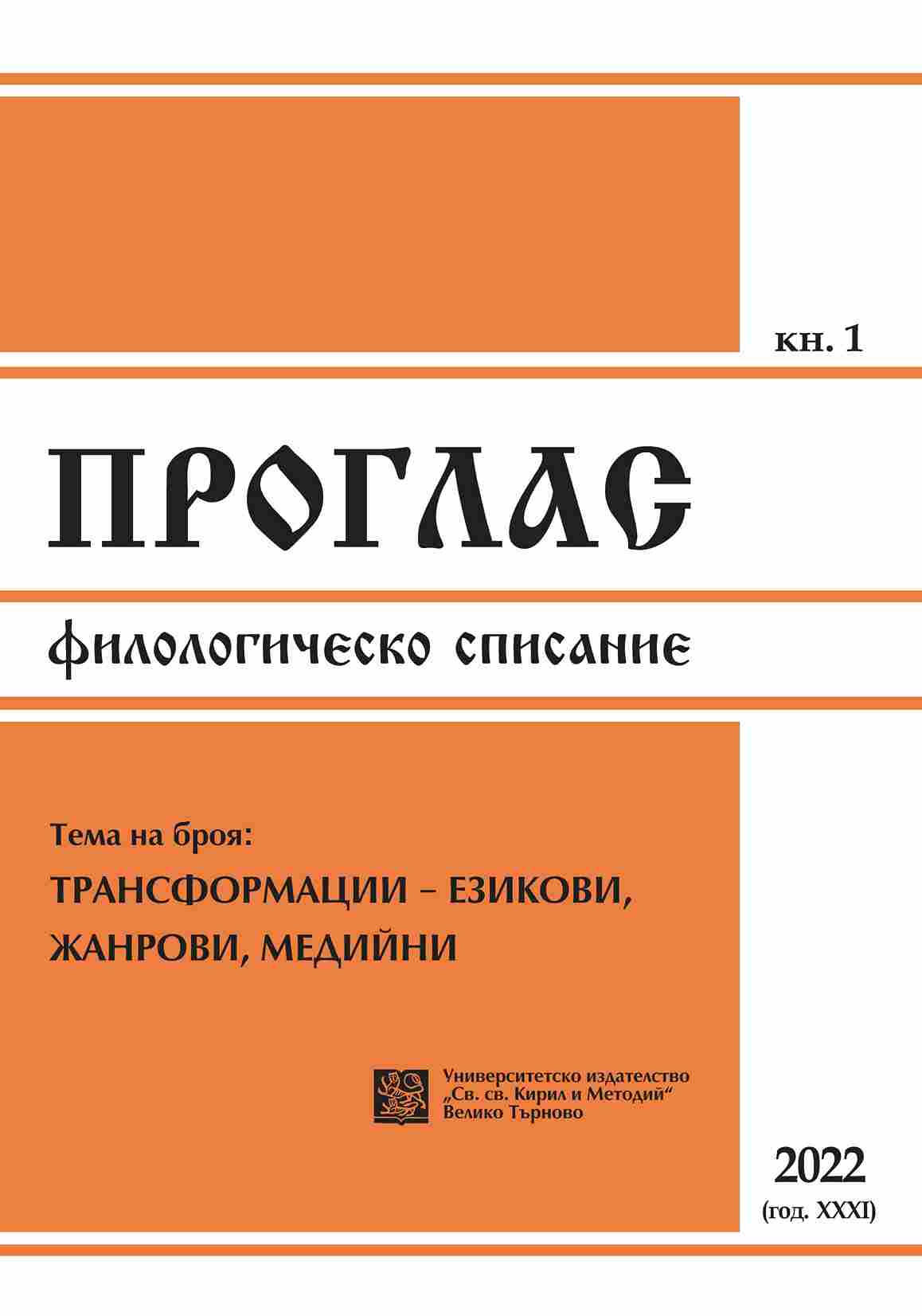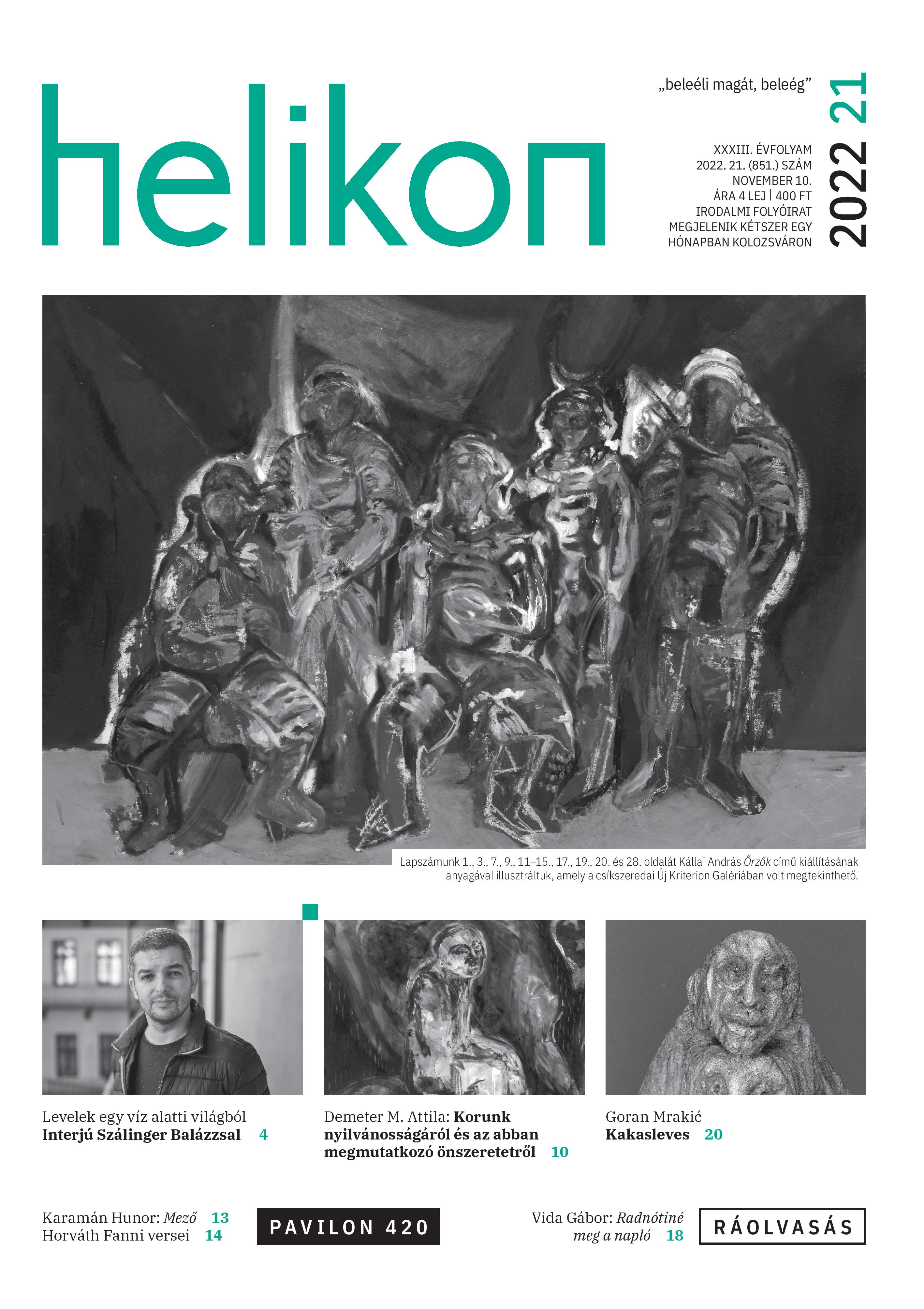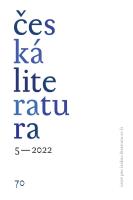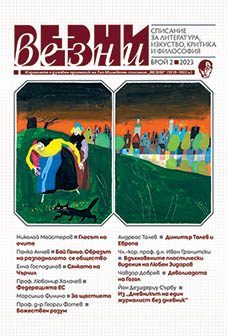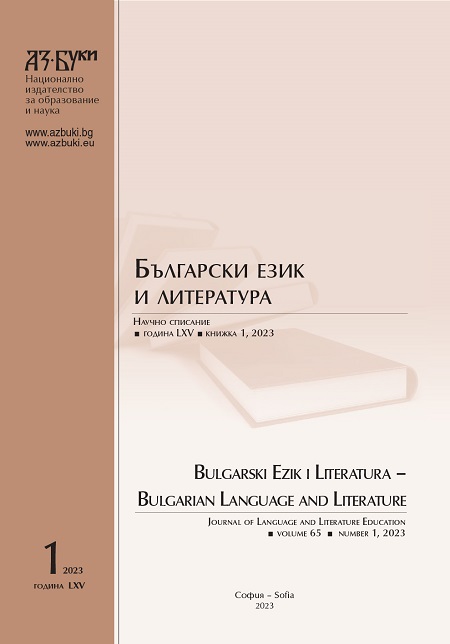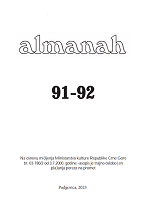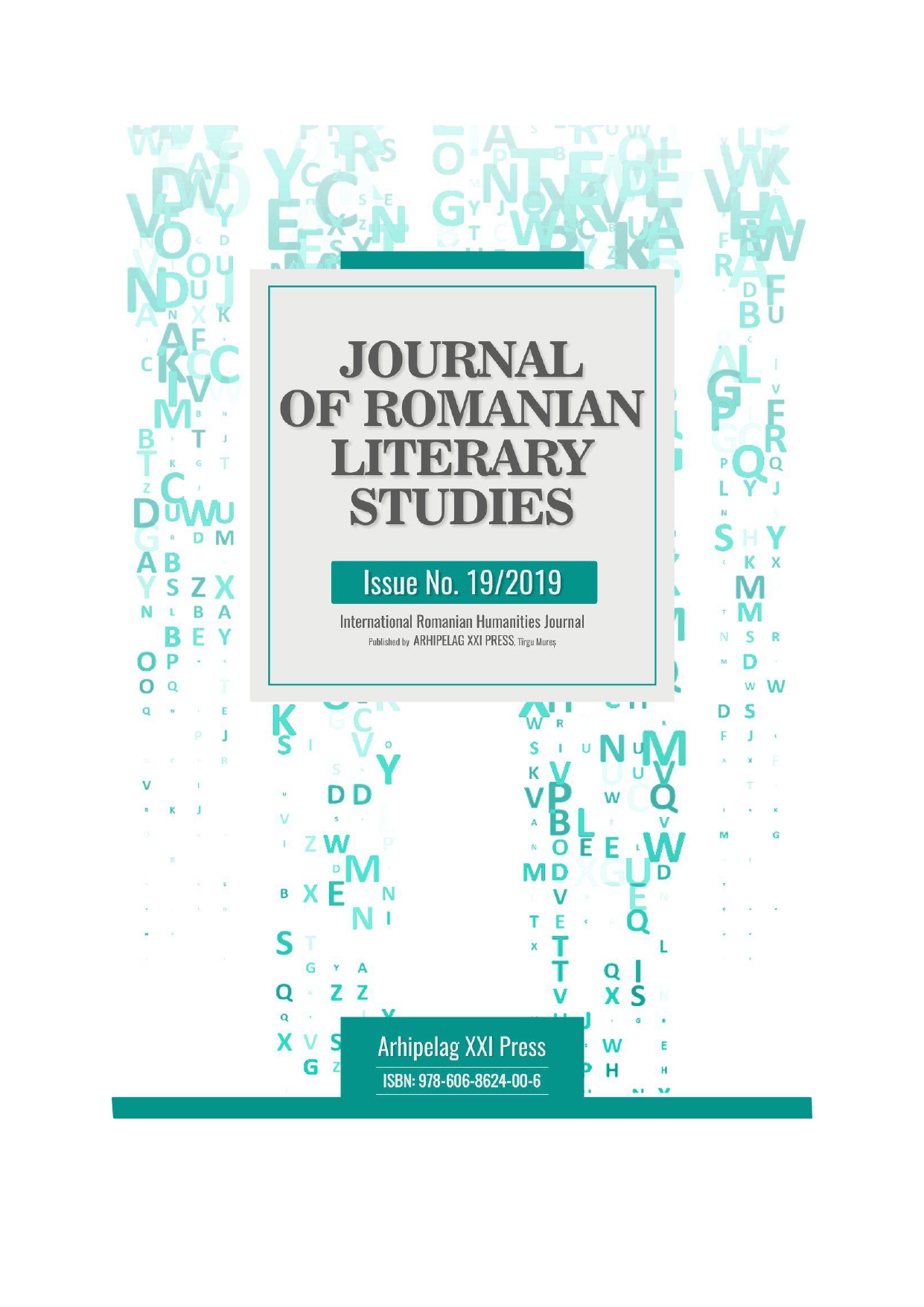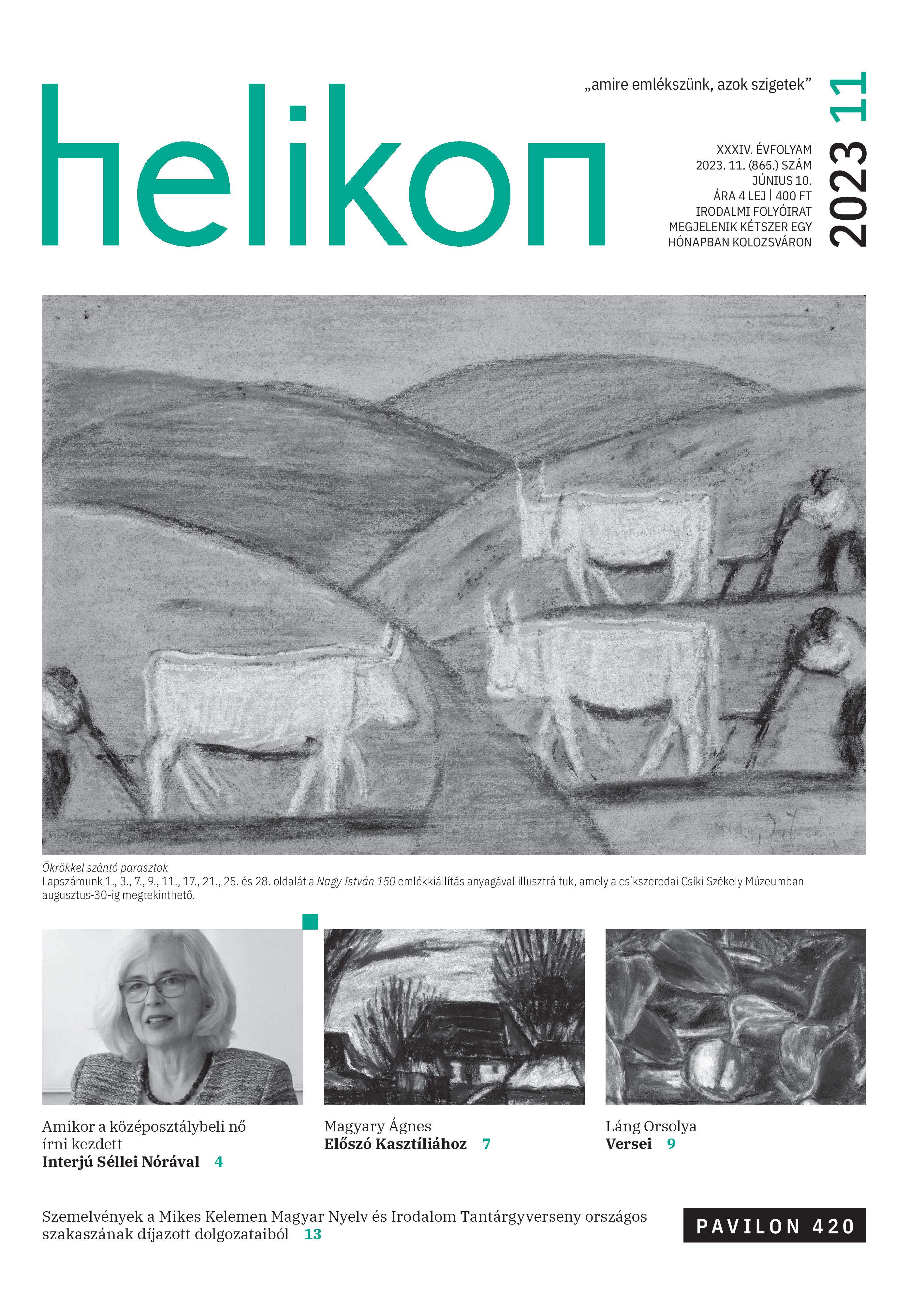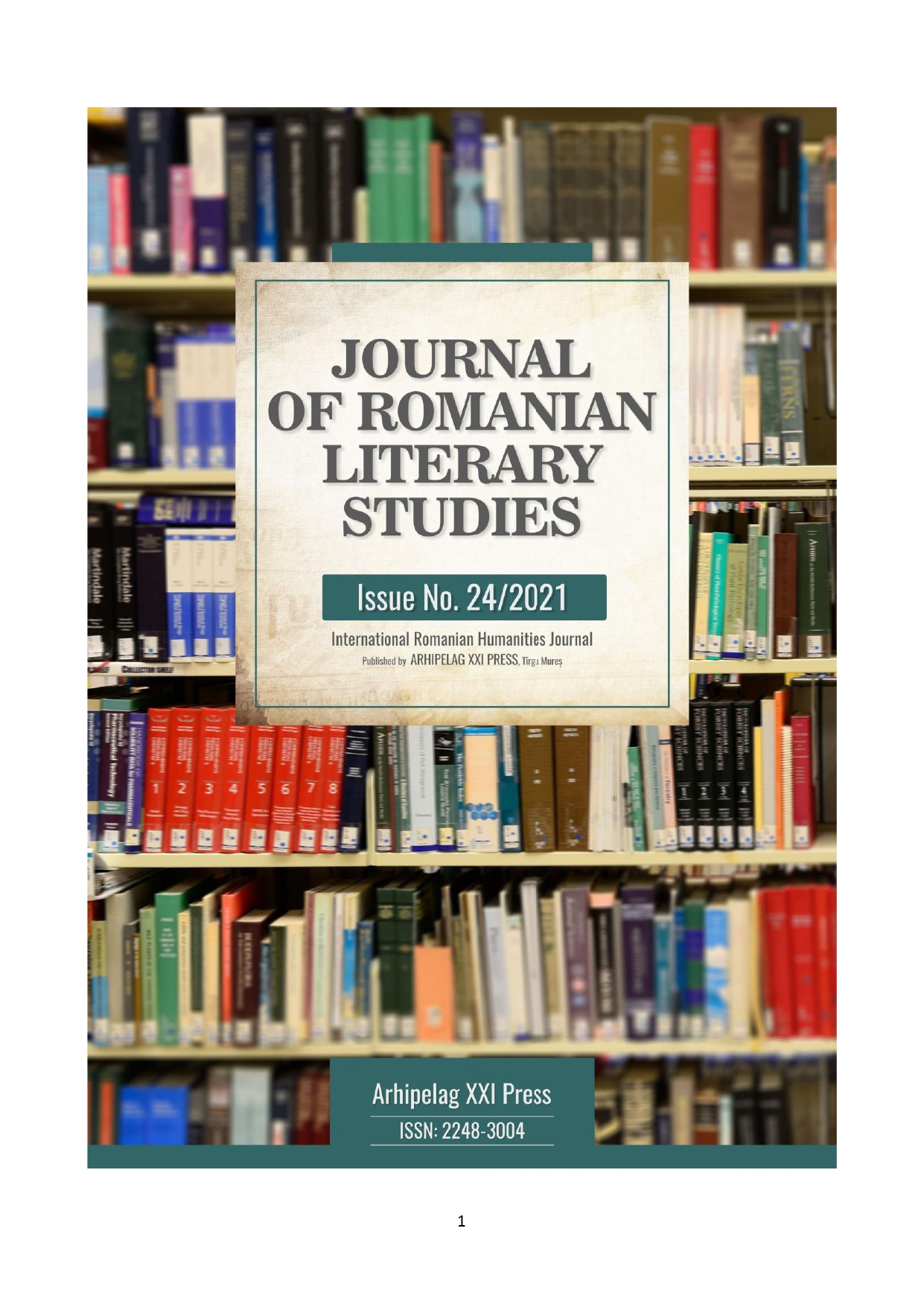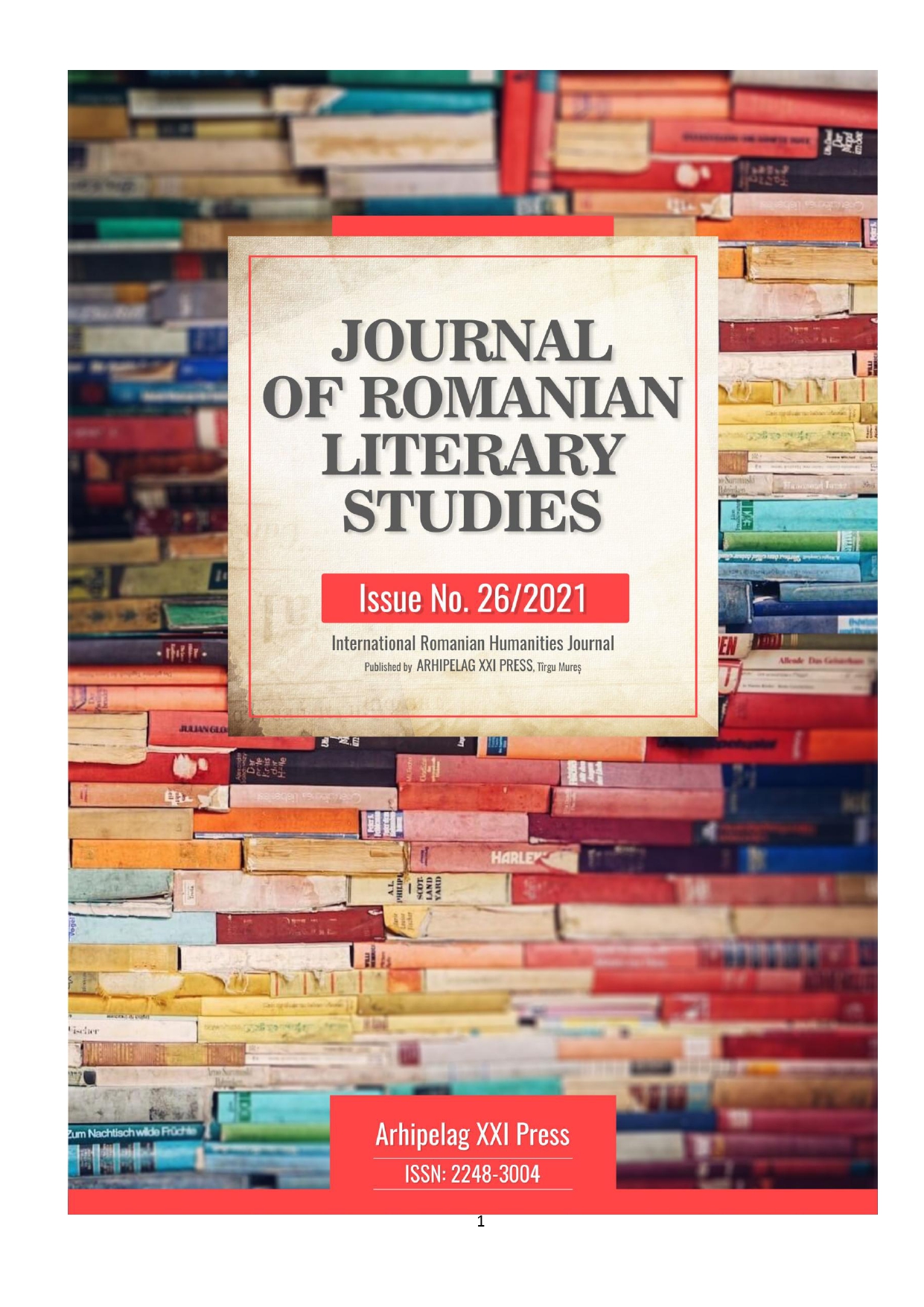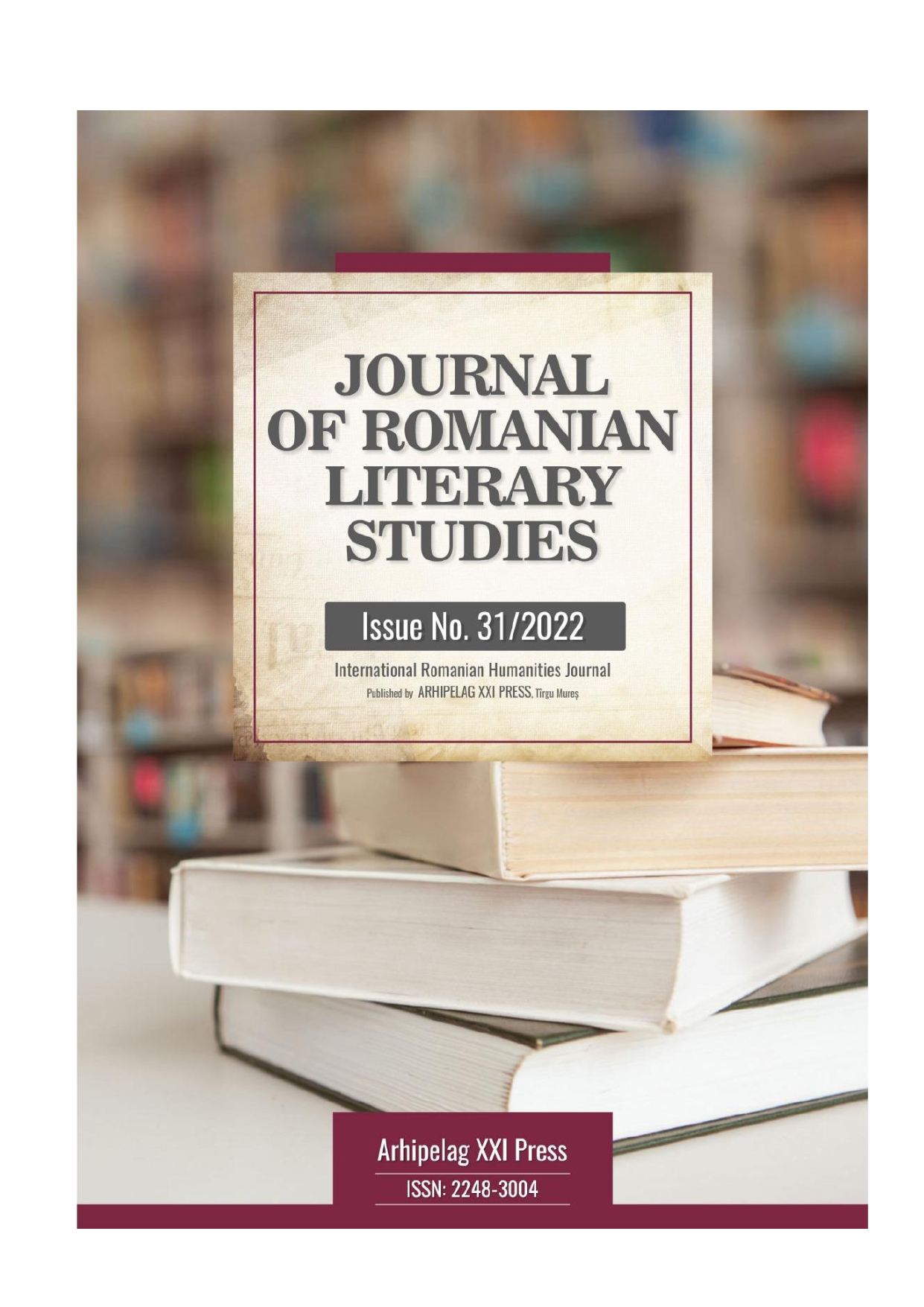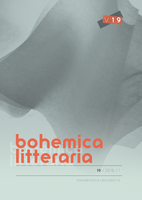
Historické balady Rajmunda Habřiny
The present study analyses the collection of three historical ballads by Rajmund Habřina, Věnec z klokočí (The Garland of Bladdernut, 1941), in the context of his prosaic work. It follows the ballads’ thematic plans, the dominant motifs (notably the motif of victim and man’s fight against evil), language expressivity, and the depiction of fictional characters. The study also compares period reviews, points out the lyrical and dynamic dimensions of the texts as well as the fitting atmosphere of the narration. The baroquising style points to Jaroslav Durych or František Křelina as sources of inspiration; however, Habřina achieves neither their poetic qualities nor thoughtfulness. Nevertheless, this work of fiction deserves critical and readerly attention as an example of historical fiction written in the period of the Second World War and of lyrical-psychological prose as well.
More...
